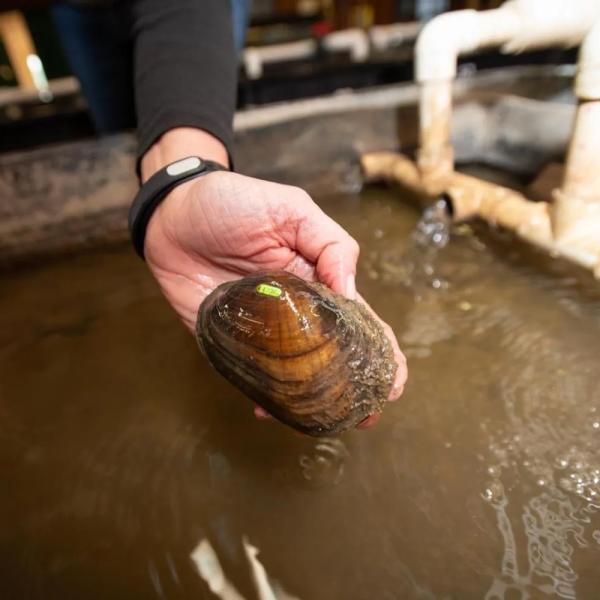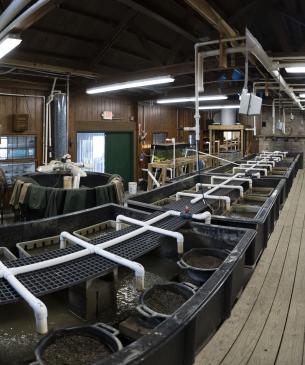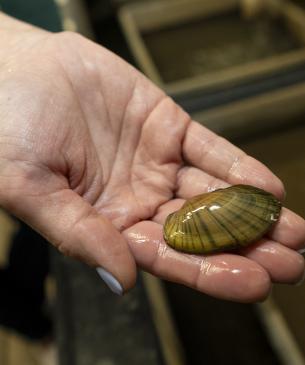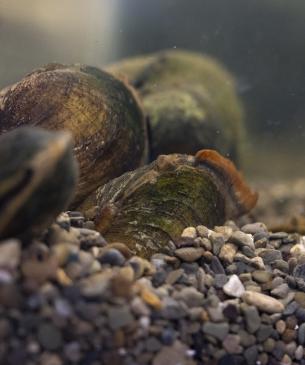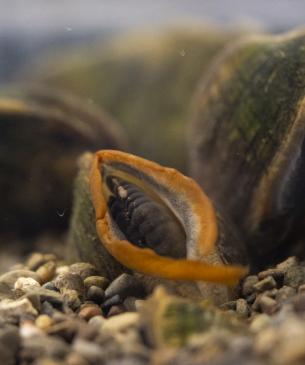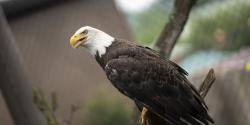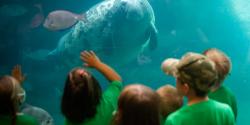There are around 1,000 species of freshwater mussels, with about 300 of those found in North America. In Ohio, you can find more than 80 different kinds of freshwater mussels.
Mussels are shellfish that belong to a group called bivalves, which means their body is enclosed within a hinged shell. They can be found in both saltwater and freshwater environments. Mussels feed by filtering small particles from the water, which helps keep the water clean. They are also an important food source for many other animals, both in the water and on land.
At the Columbus Zoo, we’re dedicated to the conservation of freshwater mussels, specifically through our participation in The Association of Zoos and Aquariums' (AZA) Saving Animals from Extinction (SAFE) program and the Watters Aquatic Conservation Center.
Scientific Name:
Conservation Status:
Size: Depending on the species, they tend to range from about 1 inch in length to 8 inches or larger.
Weight: Varies depending on species. The larger freshwater mussels are capable of reaching about 5 pounds.
Median Life Expectancy:

